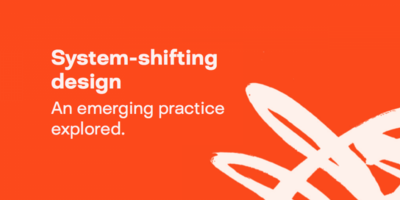Balcombe Parish Council

Balcombe is a small village with around 1,800 residents, set in the heart of the High Weald, an area of outstanding natural beauty in the south east of England. Whilst villagers work in traditional roles on the Balcombe Estate, in forestry, farming and gamekeeping, a station and a direct rail link to London means many commute or work at nearby Gatwick Airport.
This scenic part of the world is well-served by local facilities including a pub, tea shop, social club and primary school. It has a very strong community spirit. However, in order to keep the diverse mix of community, there is a need to provide people with affordable housing.
The challenge
The Parish Council of Balcombe wanted to develop a neighbourhood plan and a design policy that would provide more affordable housing for local people and especially for the elderly. The council also wanted to ease traffic congestion and support local shops and services, while at the same time keeping the village an attractive place.
They set up a working group to produce the plan. The group approached different people within the village - from social club regulars and WI members to rail commuters - to get a wide spread of views and identify the issues that concerned them.
Neither the district nor parish council had much knowledge of neighbourhood planning, so it was a learning curve for both of them. Cabe was able to steer the parish council through the process with a clear direction and a project plan.
What we did
Cabe helped us focus on the issues which are the most important to the community and where a real difference can be made. We think this will help us get support for the plan at referendum.
Alison Stevenson, Balcombe Parish Council
Cabe encouraged the Parish Council to meet with different groups within this close-knit community. Cabe also emphasised that the council should talk to these groups at appropriate times and in ways tailored to suit the various audiences.
There was a discussion at the village social club on a Friday night, for example. The working group chose this popular time of the week so they could talk to as many people as possible in a relaxed environment. A discussion with the Women’s Institute was more formal. An event was also held at the youth club and a stall was set up at the school fete. Rail commuters were handed flyers at the station during peak hours featuring a QR code that, when scanned, linked to a questionnaire that could easily be filled in during a train journey.
Additionally, Cabe organised a workshop with the neighbourhood plan working group, using a role play exercise to help them understand the views of different groups of people involved in the village's future, from residents to local businesses and landowners. This was because in the past there had been resistance to development in the village.
Outcome
We realised that design is a way of getting people excited about the neighbourhood plan.
Alison Stevenson, Balcombe Parish Council
The turnout for the latest public consultation showed there was much interest from the community. The neighbourhood planning process revealed to local people that new developments didn’t have to be a bad thing for the village, especially if they had their say. The design policy meant they could find a way to keep the characteristics of the centre of the village, take control of development and address the need for new housing at the same time.
As well as local residents, Cabe made sure it discussed the neighbourhood plan with the local authority, planning aid and statutory consultees. Even if the latter have not been able to look at the plan due to time and resource constraints, at least a dialogue was established. The parish council has also talked to local landowners. They know they have a vital part to play in the village’s future. Cabe was praised for opening the eyes of the working group to the design of the built environment.
Cabe worked with Balcombe Parish Council November 2012 to March 2013.
Click here for more information about neighbourhood planning in Balcombe.
Subscribe to our newsletter
Want to keep up with the latest from the Design Council?

